New Delhi, June 19, 2024 — Delhi is currently grappling with an intense heatwave that has resulted in a worrying rise in heatstroke cases and a severe water and power crisis. Over the past two days, five people have succumbed to heatstroke, and 12 others are on life support at a hospital in the capital.
Tuesday night marked the hottest night in Delhi in 12 years, with temperatures soaring to 33.8 degrees Celsius. This extreme heat has exacerbated the city’s water crisis and pushed power demand to record levels, causing frequent outages.
Dr. Ajay Shukla, Medical Superintendent at Ram Manohar Lohia Hospital, reported to NDTV that 22 individuals were hospitalized for heatstroke, with five fatalities and 12 patients currently on life support. Dr. Shukla emphasized the need for increased public awareness and immediate on-the-spot treatment for heatstroke victims to prevent organ failure.
Senior doctors have issued grave warnings about the high mortality rate from heatstroke, estimating it at around 60 to 70 percent. Most of the affected individuals are migrant workers, who are particularly vulnerable due to prolonged exposure to the heat and lack of adequate shelter and hydration.
Delhi has been enduring an unrelenting heatwave for nearly a month, with temperatures frequently exceeding 45 degrees Celsius during the day and not dropping below 35 degrees Celsius at night. The excessive heat has rendered tap water hot and reduced the efficiency of air conditioners.
The Indian Meteorological Department forecasts that the heatwave conditions will persist across North India for the next 24 hours before gradually subsiding. The high humidity levels are contributing to severe discomfort among Delhi’s 20 million residents.
Rajnish Sarin, a scientist at the Center for Science and Environment (CSE), highlighted the role of urban infrastructure in exacerbating the heatwave. He explained that the proliferation of concrete buildings in Delhi, which absorb and release heat, has led to a rise in nighttime temperatures. The diminishing green spaces and increased construction work have further deteriorated air circulation.
Amid the scorching heat, Delhi’s power demand surged to an unprecedented 8,647 MW this week, driven by the extensive use of air conditioners. This surge has led to frequent blackouts, including a brief power cut at Delhi airport on Monday. Northern India's overall power consumption hit 89,000 MW on Tuesday, intensifying the strain on the power grid.
The capital is also facing a critical water shortage. Social media videos show residents flocking to water trucks with buckets, underscoring the severity of the crisis.
As North India braces for continued extreme heat, the situation remains dire. Authorities urge residents to stay hydrated and seek immediate medical attention if experiencing symptoms of heatstroke. With dozens of heat-related deaths reported since March, the need for effective heatwave management and urban planning has never been more pressing.



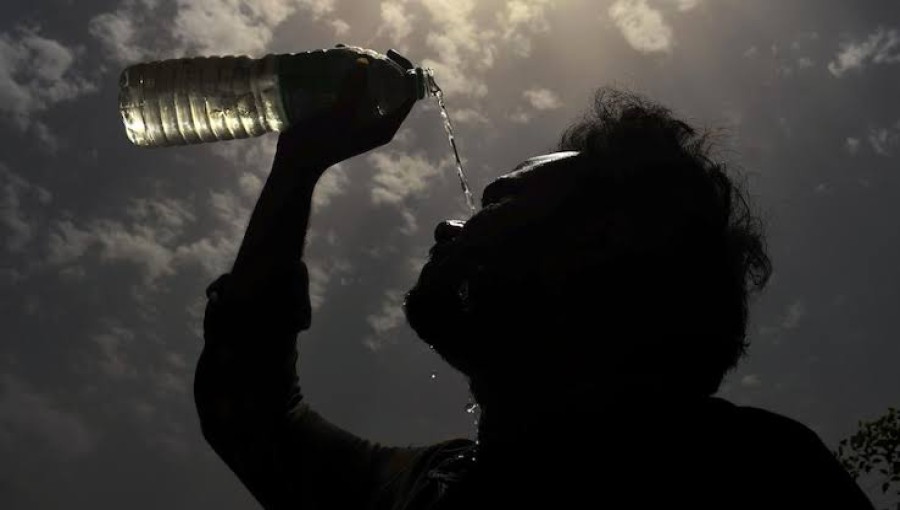
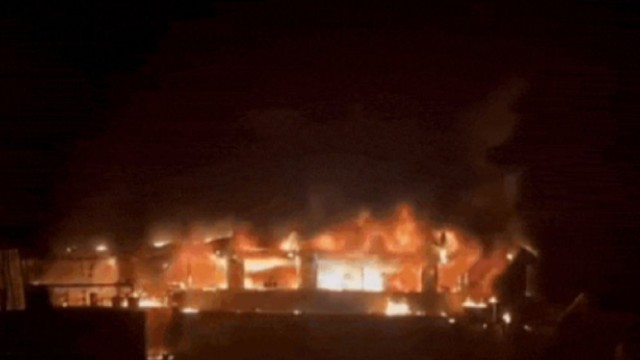
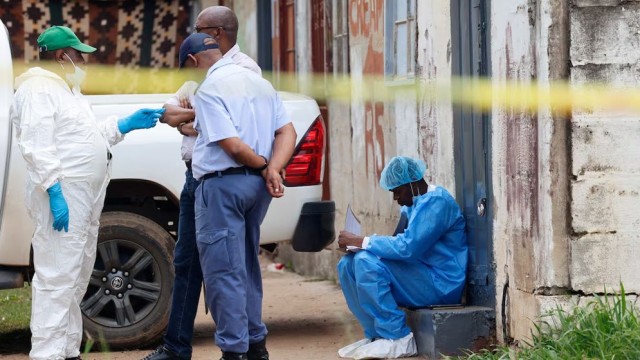

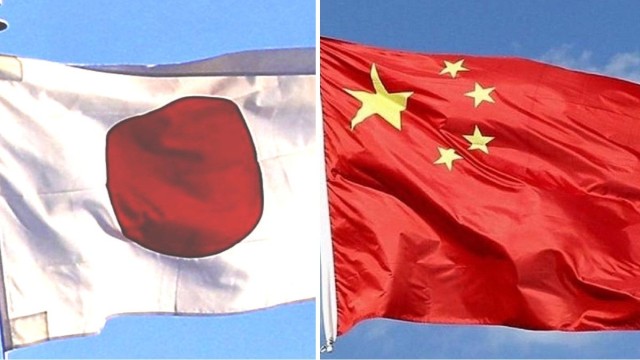

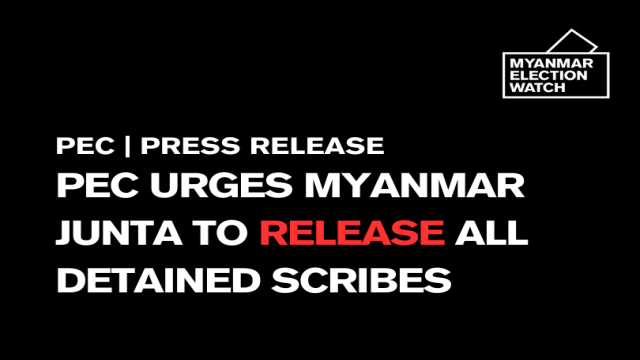
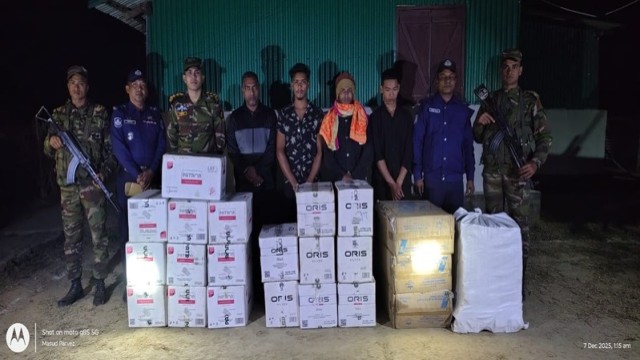
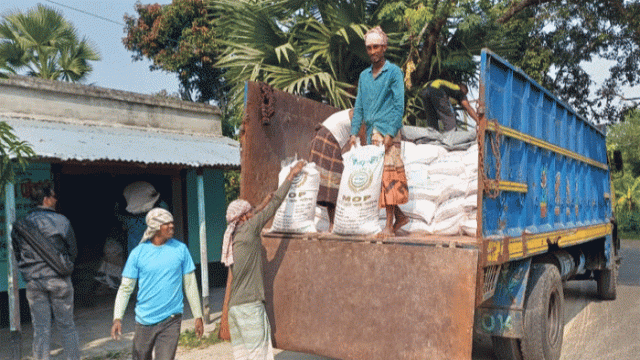
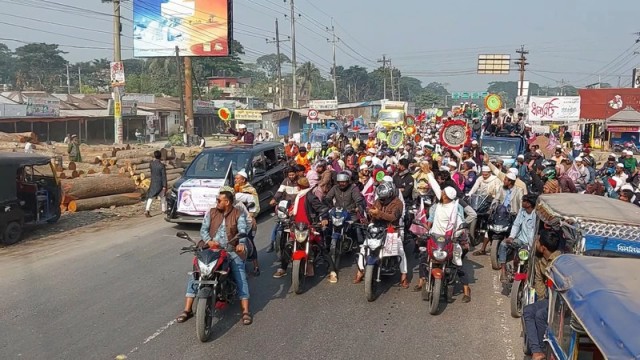
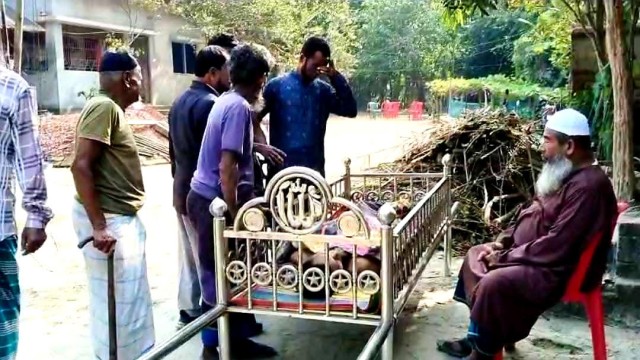
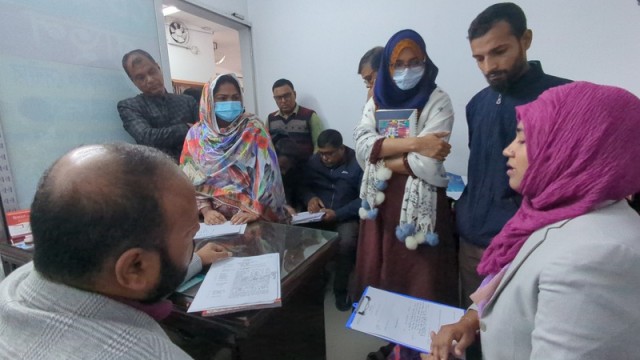

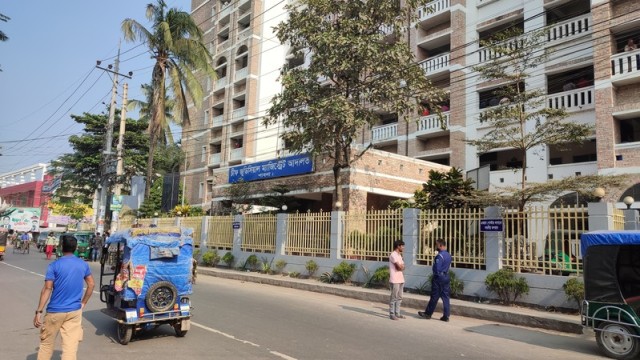
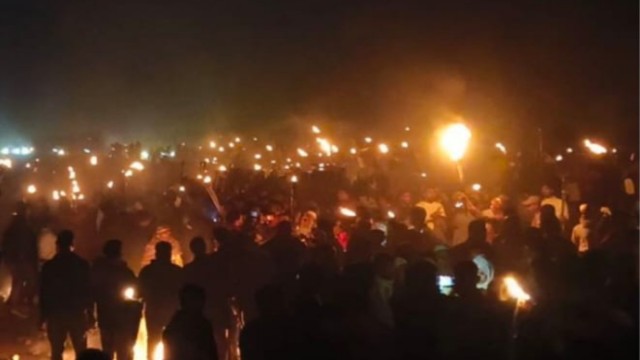
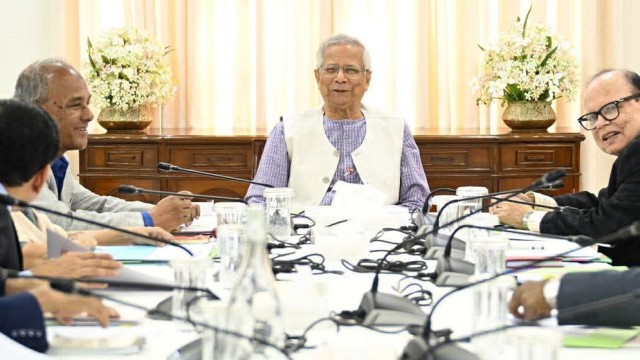
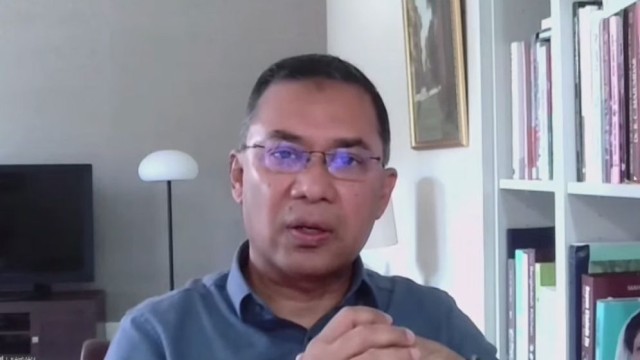

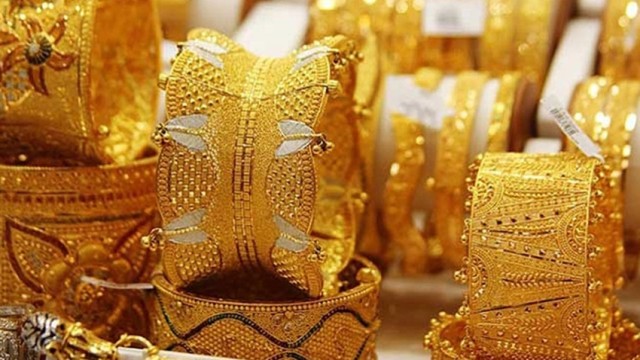
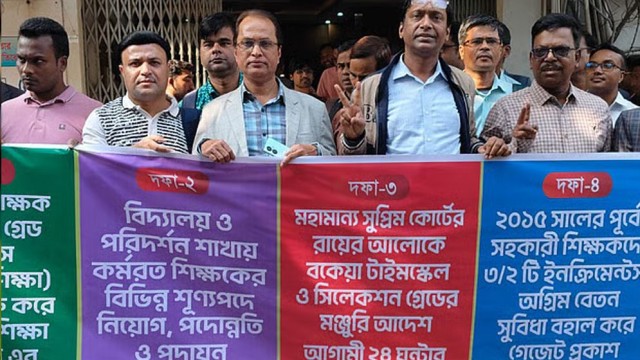


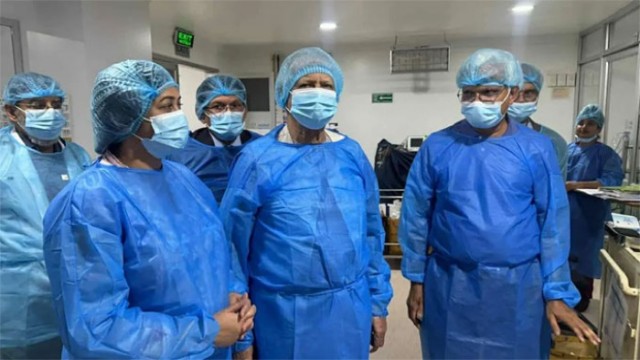
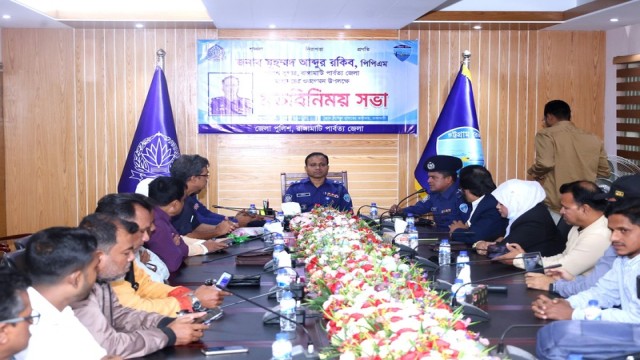
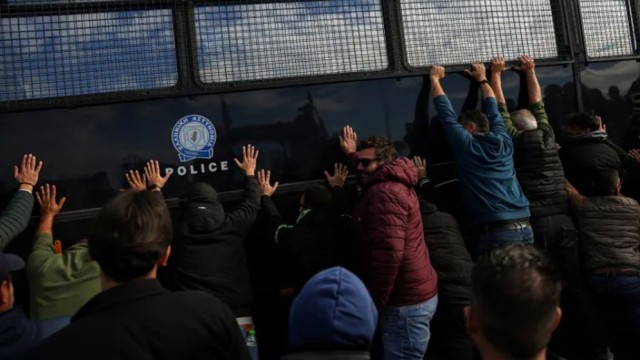
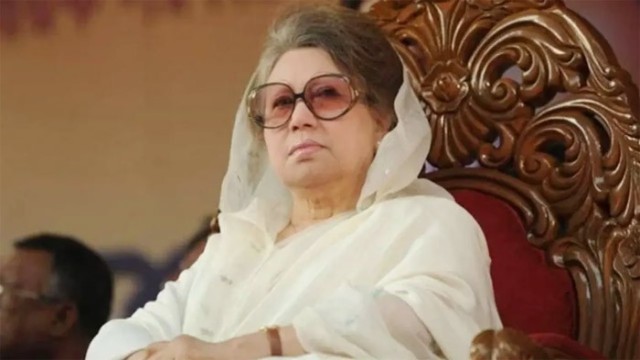
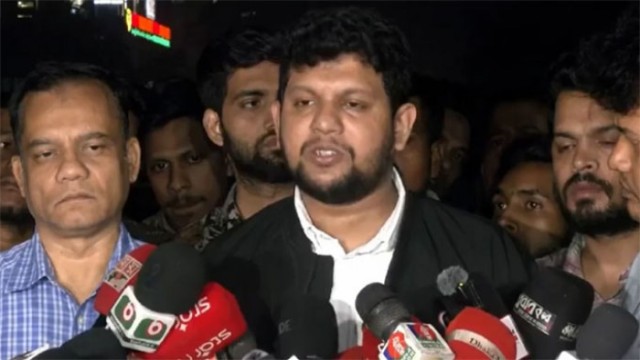

Comment: